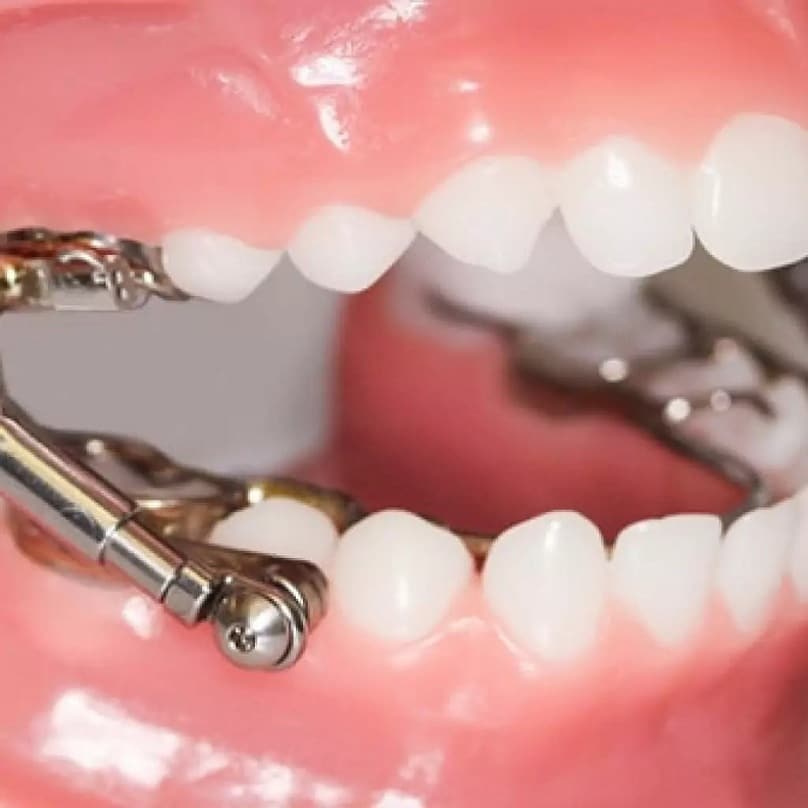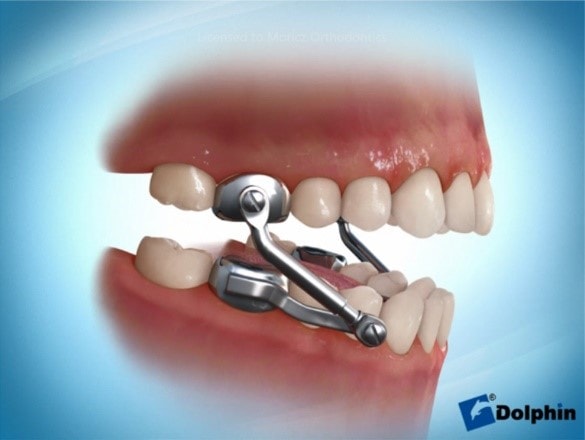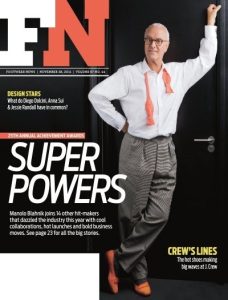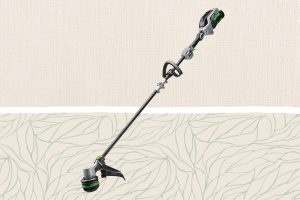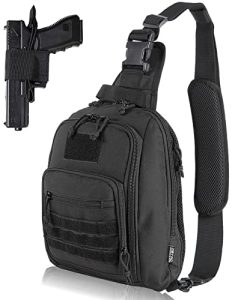In the world of orthodontics, one treatment option that has gained popularity is the Herbst Appliance. Designed to correct overbite issues, this appliance has its fair share of advantages as well as some drawbacks. On one hand, the Herbst Appliance can effectively fix bite problems, promote jaw growth, and create a more balanced profile. However, it may cause some initial discomfort and require extra care in oral hygiene. In this article, we will explore the pros and cons of using the Herbst Appliance, helping you make an informed decision about this orthodontic treatment option.
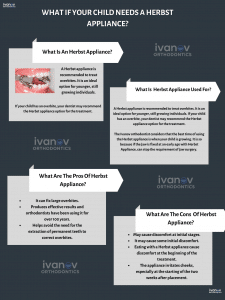
Pros of Using Herbst Appliance
Effective Correction of Overbite
One of the major pros of using the Herbst appliance is its effectiveness in correcting overbites. An overbite occurs when the upper teeth excessively overlap the lower teeth, leading to misalignment and potential dental issues. The Herbst appliance, with its innovative design, helps to reposition the lower jaw and bring it forward, thus gradually aligning the teeth and correcting the overbite. This can improve the functionality of the bite and provide a more balanced and harmonious smile.
Non-Invasive Treatment
Another advantage of the Herbst appliance is that it offers a non-invasive treatment option for overbites. Unlike surgeries or extraction-based treatments, the Herbst appliance works purely through the natural growth and movement of the jaw. By applying light pressure on the lower jaw, the appliance stimulates the growth of the mandible and encourages it to align with the upper jaw. This non-surgical approach is often appealing to patients who wish to avoid more invasive procedures and enjoy a more comfortable treatment experience.
Shorter Treatment Time
Compared to other orthodontic treatments, the Herbst appliance often provides a shorter treatment time. Traditional braces or other orthodontic devices may require several years of treatment to achieve the desired results. However, with the Herbst appliance, patients may experience a quicker correction of their overbite. The device helps to guide the growth and development of the jaw, facilitating a more efficient alignment of the teeth. This shorter treatment time can be especially beneficial for both adolescents and adults who are eager to achieve a straighter smile in a timely manner.
Improved Facial Profile
Beyond the correction of the overbite, the Herbst appliance can also lead to an improved facial profile. By properly aligning the jaws and repositioning the lower jaw, the appliance helps to create a more balanced and aesthetically pleasing facial symmetry. This improved facial profile can enhance one’s overall appearance and boost self-confidence. Patients who have experienced an overbite-related facial imbalance can find great satisfaction in knowing that the Herbst appliance can help harmonize their facial features and provide them with a more appealing smile.
Can Be Used with Adolescents and Adults
The versatility of the Herbst appliance is yet another advantage. Unlike some orthodontic treatments that are only suitable for certain age groups, the Herbst appliance can be used with both adolescents and adults. While it is often more common for individuals to receive orthodontic treatment during their teenage years, it is not uncommon for adults to seek correction for their overbite as well. The ability to use the Herbst appliance across different age groups allows for a wider range of patients to benefit from this effective treatment option.
Reduced Need for Extractions
In some cases, treatment for overbites may require the extraction of permanent teeth to create space and facilitate bite correction. However, the use of a Herbst appliance can often reduce or even eliminate the need for extractions. By guiding the growth of the jaw and improving jaw alignment, the appliance creates additional space for the teeth, preventing the overcrowding that often leads to extractions. This reduction in the need for extractions makes the Herbst appliance an attractive option for those who wish to avoid the removal of healthy teeth and maintain their natural dentition.
Allows for Normal Oral Function
One of the significant benefits of the Herbst appliance is that it allows for normal oral function throughout the treatment process. Unlike certain orthodontic treatments that can restrict speech or hinder the ability to eat certain foods, the Herbst appliance does not interfere with day-to-day activities. The device is designed to be minimally intrusive, allowing patients to speak clearly and enjoy a wide variety of foods without restrictions. This normal oral function is particularly beneficial for individuals who lead active lifestyles or have specific dietary needs.
Stability of Results
Another advantage of the Herbst appliance is the stability of its results. Once the appliance has successfully corrected the overbite and achieved the desired alignment, the results are generally long-lasting. The device not only addresses the positioning of the teeth but also focuses on proper jaw alignment. By creating a stable bite relationship between the upper and lower jaws, the Herbst appliance helps to prevent relapse and ensure that the corrected overbite remains intact over time. This stability in results gives patients peace of mind in knowing that their investment in the Herbst appliance will provide lasting benefits.
Cost-Effective Option
The cost-effectiveness of the Herbst appliance is an additional positive aspect to consider. Orthodontic treatments can sometimes be financially burdensome, especially when considering traditional braces, surgeries, or more complex treatments. However, the Herbst appliance, with its relatively shorter treatment time and avoidance of certain invasive procedures, often presents a more cost-effective option. While the exact cost may vary depending on individual factors and treatment plans, the overall affordability of the Herbst appliance can make it a more accessible choice for patients seeking an effective solution for their overbite.
Minimal Patient Compliance Required
Unlike removable aligners, which require consistent wear and can be easily forgotten or misplaced, the Herbst appliance does not rely heavily on patient compliance. Once the device is installed, it remains fixed in the mouth, eliminating the need for patients to remember to wear or remove it. This minimal patient compliance requirement can be particularly beneficial for younger patients or individuals who may struggle with adhering to a strict orthodontic regimen. With the Herbst appliance, patients can largely rely on the device to work its magic, without the constant need for active participation.
Cons of Using Herbst Appliance
Discomfort and Speech Difficulties
While the Herbst appliance offers numerous benefits, it is important to consider some of the potential drawbacks. One such concern is the discomfort and speech difficulties that patients may experience, especially during the initial adjustment period. The presence of the appliance and the pressure exerted on the jaw may cause some discomfort initially, which can take time to adjust to. Additionally, the presence of the appliance in the mouth can temporarily affect speech, leading to some difficulties in articulation. However, it is essential to note that these issues tend to subside as the patient becomes more accustomed to the device.
Potential for Side Effects
As with any orthodontic treatment, there is a potential for side effects with the Herbst appliance. Some patients may experience temporary side effects such as jaw and muscle soreness, headaches, or mouth ulcers. These side effects are generally mild and transient, but it is crucial to communicate any discomfort to the orthodontist for appropriate management. Additionally, in rare cases, more severe side effects such as joint clicking or jaw joint issues can occur. However, with proper diagnosis, treatment planning, and monitoring by a skilled orthodontist, the occurrence of serious side effects can be minimized.
Requires Regular Adjustments
To ensure the effectiveness of the Herbst appliance, regular adjustments and monitoring by the orthodontist are necessary. These adjustments involve tightening or modifying the appliance to accommodate the patient’s changing jaw and teeth alignment. While these adjustments are a fundamental part of the treatment process, they do require additional dental visits. This can be a potential drawback for individuals with busy schedules or those who may have difficulty accessing dental care. However, in the hands of a skilled orthodontist, the benefits of these adjustments far outweigh their inconvenience.
Not Suitable for All Cases
While the Herbst appliance has proven to be effective in correcting overbites, it is important to note that it may not be suitable for all cases. The specific nature and severity of the overbite, as well as other individual factors, can influence the suitability of the Herbst appliance as a treatment option. In some cases, alternative orthodontic treatments or surgical interventions may provide better results. It is essential to consult with an experienced orthodontist who can evaluate your specific situation and recommend the most appropriate treatment plan for achieving your desired outcome.
Restricted Food Choices
During the treatment period with the Herbst appliance, patients may face certain food restrictions. Hard, sticky, or chewy foods, such as certain candies, gum, or tough meats, can potentially damage the appliance or disrupt its effectiveness. It is crucial for patients to adhere to these restrictions to avoid any complications or appliance breakage. While these dietary limitations may be a minor inconvenience, it is important to remember that they are temporary and contribute to the overall success of the treatment process.
May Cause Tissue Irritation
Due to the presence of the appliance in the mouth, some patients may experience tissue irritation, particularly in the initial stages of treatment. The friction between the appliance and the soft tissues of the mouth can lead to discomfort or sore spots. However, with time and proper oral hygiene practices, these irritations typically diminish. Regular check-ups with the orthodontist ensure that any adjustments needed to alleviate tissue irritation are made promptly, ensuring a more comfortable treatment experience.
Can Affect Oral Hygiene Practices
Maintaining good oral hygiene is crucial, especially during orthodontic treatment. While the Herbst appliance itself does not significantly impede oral hygiene practices, it may require some adjustments in certain areas. The presence of the appliance can make it more challenging to reach certain areas for brushing and flossing. However, with the guidance of the orthodontist and the use of specialized cleaning aids, patients can effectively maintain their oral hygiene routine throughout the treatment process. Regular dental check-ups can also ensure that any potential oral hygiene issues are addressed promptly.
Risk of Appliance Breakage
Despite being a durable orthodontic appliance, there is still a risk of Herbst appliance breakage. Certain habits or behaviors, such as biting on hard objects or participating in contact sports without proper mouthguards, can increase this risk. Breakage of the appliance may require additional visits to the orthodontist for repairs or replacements, which can be an inconvenience for patients. It is crucial to follow the orthodontist’s instructions and be mindful of habits that may jeopardize the integrity of the appliance to minimize the risk of breakage.
Lack of Aesthetics
One of the potential drawbacks of the Herbst appliance is the lack of aesthetics compared to some other orthodontic treatment options. The device is fixed in the mouth and may be visible when speaking or smiling. This presence can potentially cause self-consciousness for some individuals, particularly those who are concerned about their appearance during the treatment process. However, it is important to remember that the Herbst appliance offers an effective solution to correct overbites and achieve long-term dental health. The temporary inconvenience of its visibility should be weighed against the ultimate benefits it provides.
Additional Dental Visits
Lastly, the use of the Herbst appliance requires additional dental visits throughout the treatment period. These visits are necessary to monitor the progress of the treatment, make adjustments to the appliance, and ensure optimal results. While these visits may be frequent initially, they gradually decrease as the treatment progresses. It is important to plan for these additional visits and schedule them accordingly. However, it is worth noting that these visits are crucial in maintaining the effectiveness of the Herbst appliance and achieving the desired outcomes.
In conclusion, the Herbst appliance offers several pros and cons that should be carefully considered when seeking orthodontic treatment for an overbite. Its effective correction of overbites, non-invasive nature, shorter treatment time, improved facial profile, and versatility in age groups are among the significant advantages. However, potential discomfort and speech difficulties, the need for regular adjustments, dietary restrictions, and the risk of side effects and appliance breakage should also be taken into account. Ultimately, consulting with an experienced orthodontist is essential to determine if the Herbst appliance is the most suitable treatment option for achieving a corrected overbite and a healthier, more confident smile.
